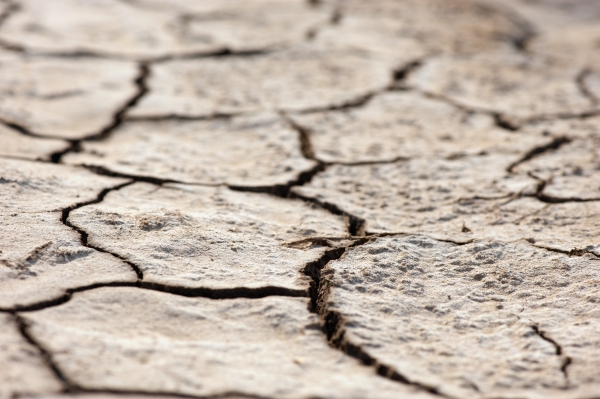Map shows groundwater irrigation potential in Africa
Today marks the UN’s World Day to Combat Desertification. This year’s theme – attainment of food security for all through sustainable food systems – cannot be achieved without smart water management. This is where a new map from the International Water Management Institute (IWMI) can help.

Highlighted in a recent journal article, the map provides an in-depth look at groundwater irrigation potential in Africa. The map was developed using four decades of groundwater data along with crop information from the beginning of the century. It predicts groundwater availability for irrigation after other human needs are met, and is based on three scenarios with 30%, 50% and 70% of groundwater supplies left to sustain a healthy water flow and other environmental requirements.
[pullquote type=”pullquote3″ content=”Only 1% of cropland in Africa is irrigated with groundwater, compared to 14% in Asia.” quote_icon=”yes” align=”right” textcolor=”#1a992b”]Only 1% of cropland in Africa is irrigated with groundwater, compared to 14% in Asia.[/pullquote]
Deserts and drylands cover two-thirds of Africa, and with drought and land degradation on the rise, the authors believe that groundwater will play an increasingly important role in food security, livelihoods and economic development. This is especially true in the Sahel and eastern Africa. According to one estimate, 185 million farmers in sub-Saharan Africa could benefit from motor pumps to access groundwater and other water sources, generating USD 22 billion in extra income.
Currently, only 1% of cropland in Africa is irrigated with groundwater, compared to 14% in Asia. As supply chains, maintenance services and access to credit improve in Africa, this is expected to increase. But according to the article, the rise in groundwater use needs to be sustainable and will require new institutions and policies to manage aquifers. A comprehensive understanding of groundwater – including good maps – will be the first step.
[hr top=”yes”/]
Read the journal article:
Altchenko, Y. and Villholth, K. G. 2015. Mapping irrigation potential from renewable groundwater in Africa – a quantitative hydrological approach. Hydrology and Earth System Sciences.
[doi: 10.5194/hess-19-1055-2015, 2015].
This work has been undertaken as part of the CGIAR Research Program on Water, Land and Ecosystems (WLE).

